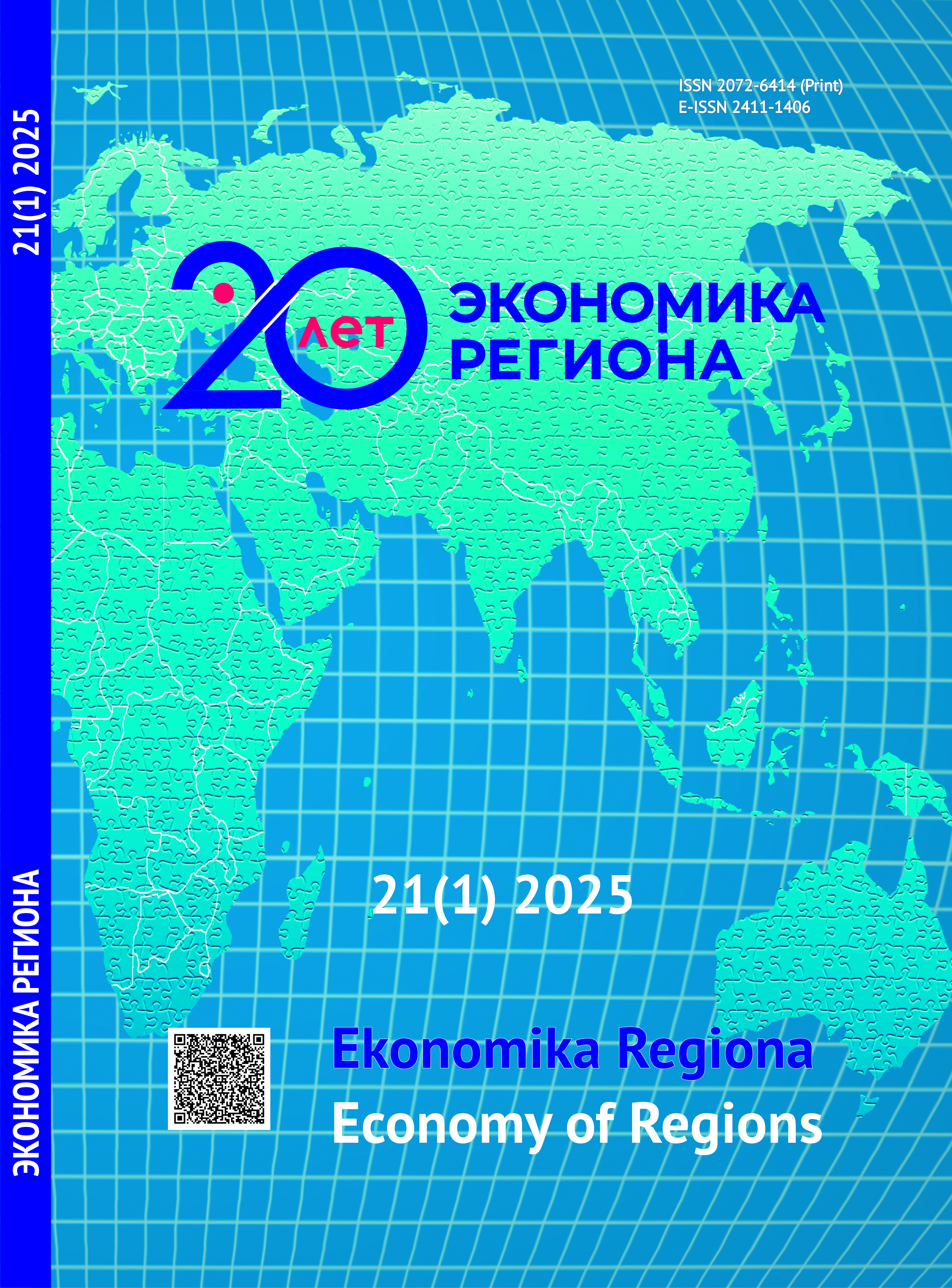The Computable General Equilibrium Models for Migration Analysis: Bibliometric Approach
DOI:
https://doi.org/10.17059/ekon.reg.2025-1-11Keywords:
general equilibrium model, labour market, migration costs, productivity, trade costs, internal migration, external migrationAbstract
Computable general equilibrium (CGE) models are widely used to analyse the effects of migration on macroeconomic indicators in both origin and destination countries. Given the often-controversial results of this modelling approach, this paper seeks to systematize the existing experience in constructing CGE models for migration analysis. The methodology includes a bibliometric analysis incorporating complex humanitarian expertise. The analysis indicates that CGE models have gained prominence in assessing migration effects, with their application in high-ranking journals and a substantial number of citations. The literature review reveals that many migration models build on trade models that incorporate realistic assumptions about technological distribution across countries. Additionally, the geographic characteristics of regions play a key role in the diffusion of migration effects. Several studies highlight the significant economic impacts of migration. While migration is often associated with improvements in regional well-being in destination countries, emigration can lead to productivity declines in origin countries due to labour outflows. Furthermore, the effects on wages depend on the skill composition of migrants, with potential disparities between high-skilled and low-skilled workers. A promising avenue for future research lies in constructing CGE models tailored for developing countries, with a particular focus on social tensions and firm heterogeneity.
Downloads
Published
How to Cite
Issue
Section
License
Copyright (c) 2025 Сугаипов Дени Ризванович

This work is licensed under a Creative Commons Attribution 4.0 International License.




